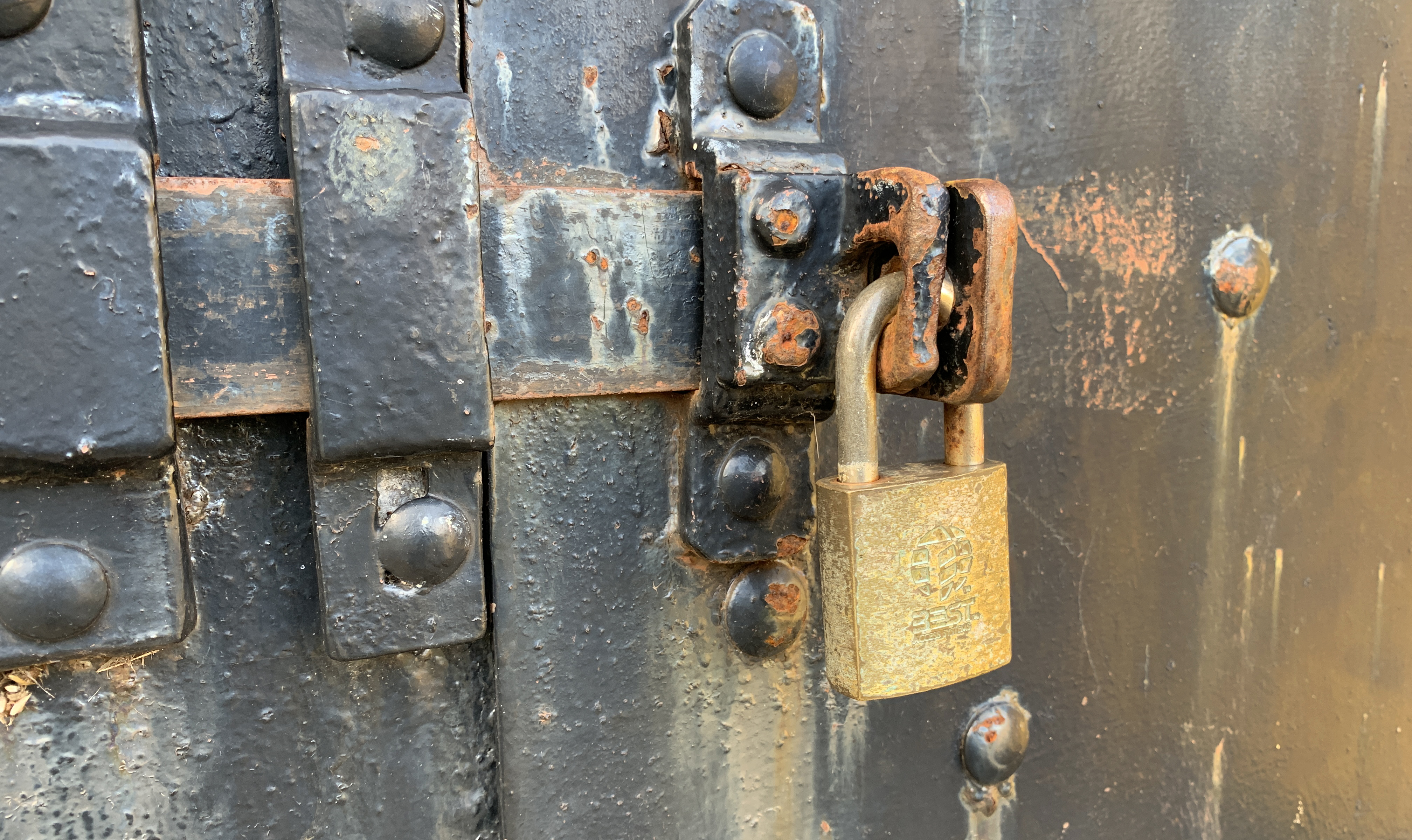 WordPress security is often overlooked by novice bloggers, but it is a crucial aspect of website management. Many tutorials on WordPress installation fail to address important security measures, such as disabling directory browsing and avoiding common security loopholes. In this article, we will explore 10 effective .htaccess code snippets that can enhance the security of your WordPress blog.
WordPress security is often overlooked by novice bloggers, but it is a crucial aspect of website management. Many tutorials on WordPress installation fail to address important security measures, such as disabling directory browsing and avoiding common security loopholes. In this article, we will explore 10 effective .htaccess code snippets that can enhance the security of your WordPress blog.
Before we delve into the snippets, let’s understand what the .htaccess file is. The .htaccess file is an optional configuration file for the Apache web server that can be used to store various settings for each directory. It is typically found in the base WordPress installation directory and stores the permalink structure by default.
Before you begin implementing these snippets, it is crucial to backup your current .htaccess file in case any code snippet breaks your site. Now, let’s get started with the snippets:
1. Block Bad Bots:
The .htaccess file can be used to deny access to multiple IP addresses, which is useful for blocking known spammers and suspicious/malicious access. By adding the code snippet provided in the article, you can prevent specific IP addresses from accessing your site.
2. Disable Directory Browsing:
By default, the Apache webserver enables directory browsing, which allows visitors to browse through files and folders in the root directory of the webserver. This can pose a security risk as it exposes sensitive information. The article provides a code snippet that disables directory browsing.
3. Allow Only Selected Files from wp-content:
The wp-content folder contains themes, plugins, and media uploads, which should not be accessible without restrictions. In addition to disabling directory browsing, you can also deny access to all file types except for specific ones such as images, documents, and scripts. The article provides a code snippet that allows selective access to file types.
4. Restrict All Access to wp-includes:
The wp-includes folder contains files necessary to run the core version of WordPress. Visitors should not have access to this folder, as it is not required for regular browsing. The article provides a code snippet that blocks access to the wp-includes folder and its files.
5. Allow Only Selected IP Addresses to Access wp-admin:
The wp-admin folder contains files required for the WordPress dashboard, which is typically only needed by administrators and editors. The article suggests allowing access to the wp-admin folder only for selected IP addresses to enhance security.
6. Protect wp-config.php and .htaccess from Everyone:
The wp-config.php file contains sensitive access credentials for your WordPress site, and it should not be accessible to anyone other than authorized users. The article provides a code snippet that denies access to the wp-config.php file. Additionally, it suggests denying access to all .htaccess files to prevent unauthorized modifications.
7. Deny Image Hotlinking:
Image hotlinking refers to when someone uses images from your site without permission or proper attribution, which can consume bandwidth without giving you credit. The article provides a code snippet that prevents image hotlinking by redirecting hotlinked images to a specific image of your choice.
8. Enable Browser Caching:
Browser caching can significantly improve website performance by storing certain files in the user’s browser cache. The article provides a code snippet that enables recommended browser caching options for different file types, improving the loading speed of your WordPress site.
9. Redirect to a Maintenance Page:
During website maintenance or migration, it is advisable to create a static “down for maintenance” HTML page to inform visitors about the ongoing operation. The article provides a code snippet that redirects all traffic to a maintenance page while the operation is in progress.
10. Custom Error Pages:
Custom error pages can provide a more user-friendly experience for errors such as 403, 404, and 500. The article suggests creating a custom error page and using a code snippet to configure it for these specific errors.
In conclusion, implementing these .htaccess code snippets can greatly enhance the security and performance of your WordPress site. It is important to approach each snippet with caution, taking backups before and after testing, as any mistakes in the .htaccess file can have significant consequences. While some snippets may have limitations, such as difficulty in managing selective IP addresses, using a VPN can help overcome these challenges. Overall, these snippets are worth considering for anyone looking to strengthen their WordPress site’s security.
What are your thoughts on these snippets? Do you think they are worth the effort? If you have any other security tips, we would love to hear from you.
